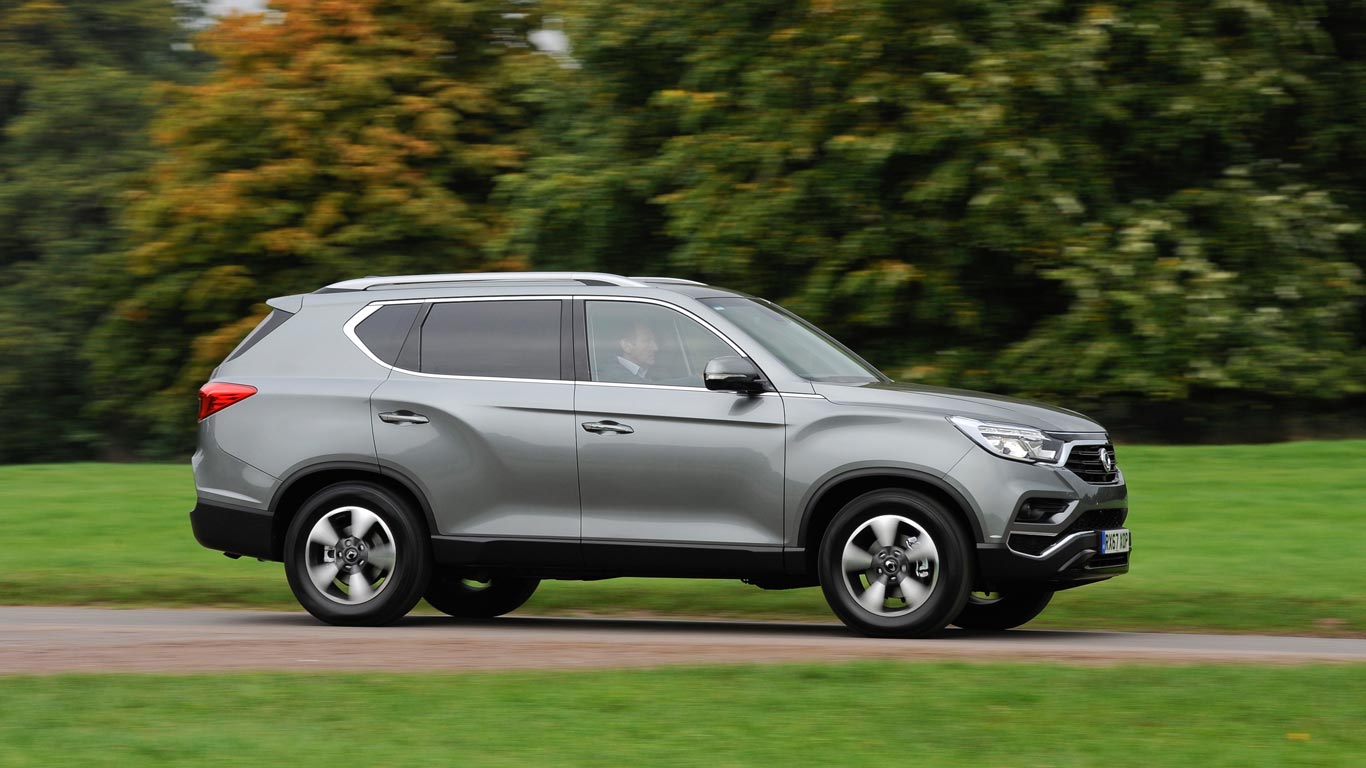
The Korean Land Rover? That’s what Ssangyong casually throws into the pot when talking about the brand. At least, that’s what they do in Korea, where Ssangyong is based. It’s a great cachet if you can make it stick, but it harps back to times when Land Rovers were rather more agricultural than they are now.
Without wanting to get too technical too soon, the big deal with the new Rexton is that it carries over the body-on-chassis concept of the earlier model – and indeed the old LR Defender. Modern cars, even 4x4s, mostly don’t have separate steel chassis any more.
- Revealed: the best cars for towing your caravan
- Retro Road Test: Land Rover 90 40th Anniversary
The Rexton’s method of construction is heavier and more design restrictive. On the other hand, a separate chassis has connotations of a tough ruggedness. Toyota still uses it in the Land Cruiser as does Jeep in the Wrangler; it’s almost universal in pick-up trucks.
It could be just what you are looking for
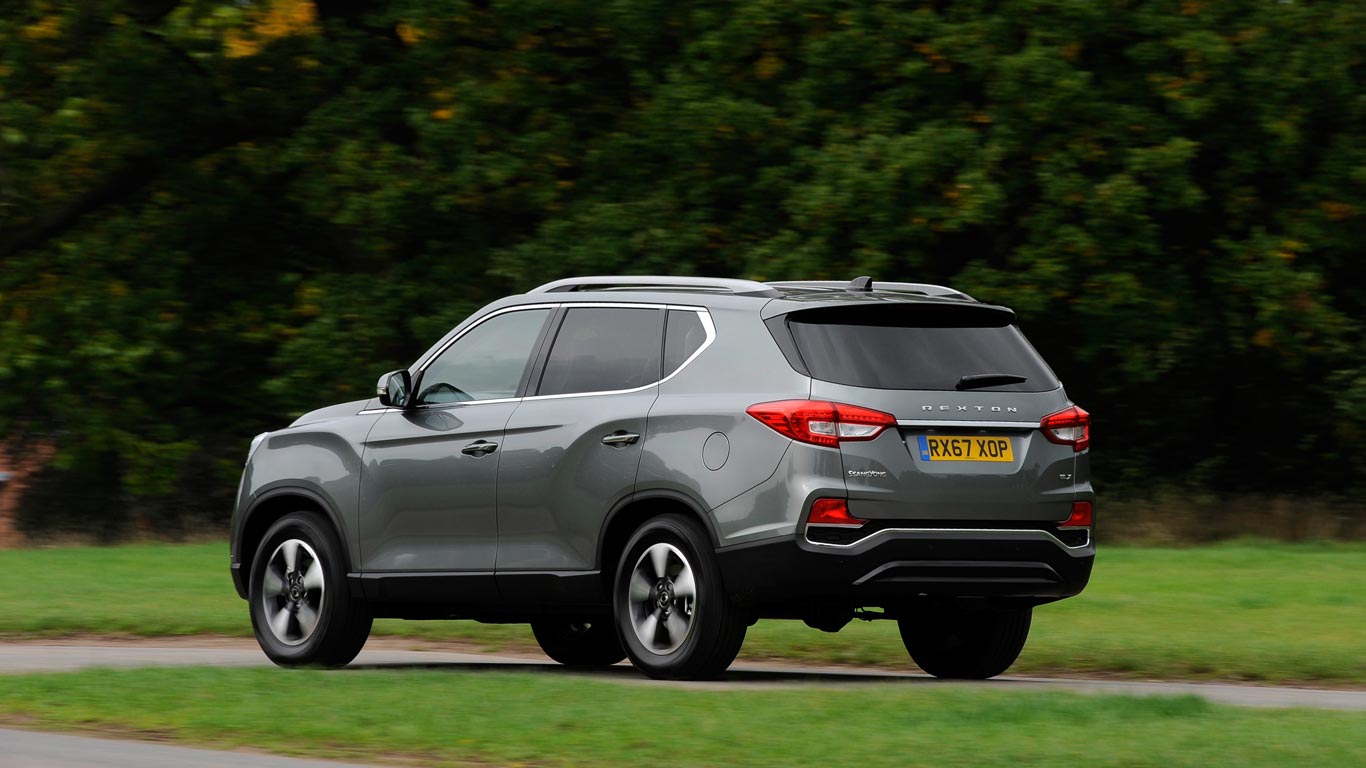
Ssangyong has a 4×4 heritage that goes back 60 years, so it’s no newcomer to this game, and there’s already a following among those who like to tow. The Rexton has a massive towing capacity of 3,500kg, in both manual and automatic forms. To put that into perspective, the Kia Sorento and Hyundai Sante Fe are 2,500kg with the manual gearbox, and just 2,000kg as an auto.
To establish its hardiness, Ssangyong drove from five Rextons from Korea to the UK, some 8,000 miles along the Silk Road via Beijing. We used the same cars to get in some Shropshire off-roading.
Along dirt tracks, across wet grassy meadows, up and down steep inclines, the Rexton is amazingly capable on just regular road tyres. There is no locking of the differential, and for road use the Rexton is strictly rear-wheel-drive, but all can be changed at the turn of a switch by the gearlever. That brings in four-wheel-drive in either high or low range, and there’s hill descent control to take the pressure off tricky downhill stages, as well as an all-round birdseye camera view to help manoeuvre in tight spaces.
Automatic is best
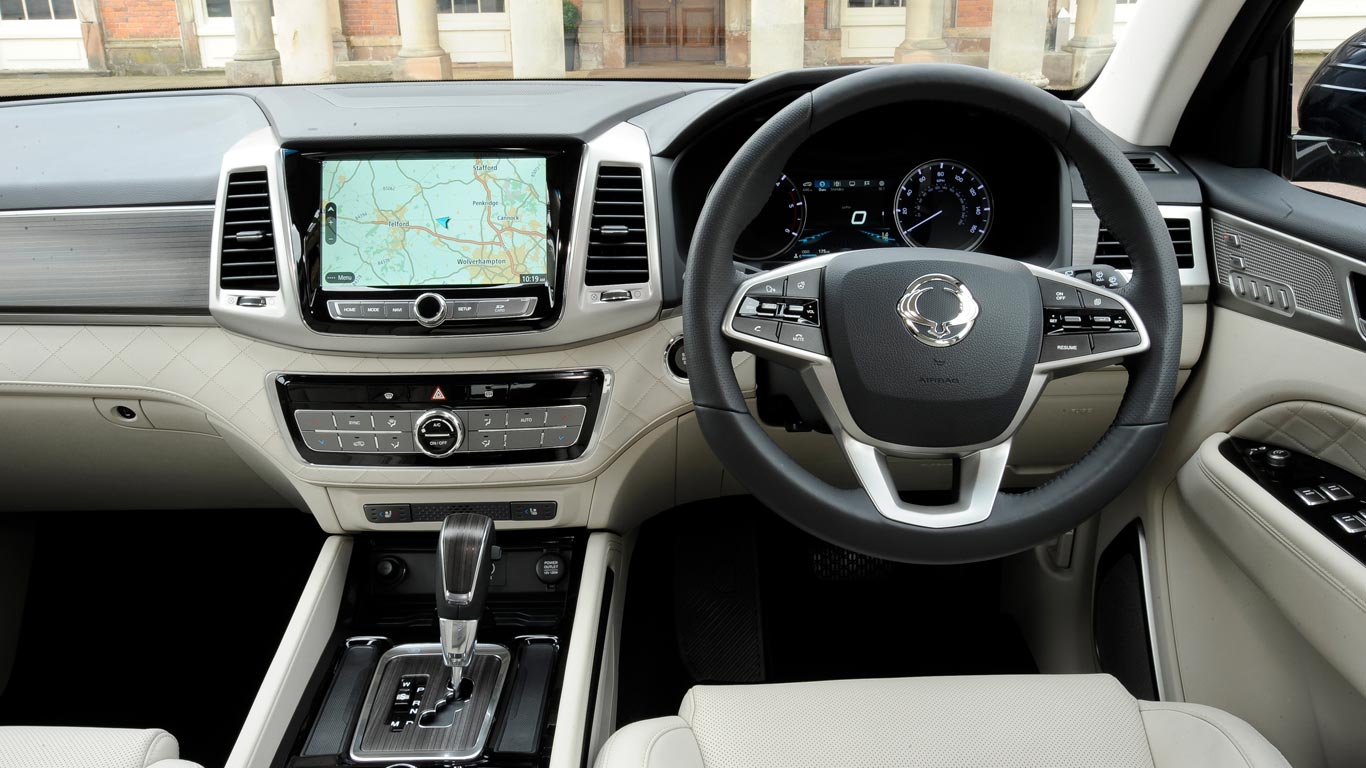
There’s just one engine, a four-cylinder 2.2-litre turbo diesel with 181hp. It couples with a six-speed manual transmission if you really insist, but you’ll need to deal with a tiresomely heavy clutch.
The seven-speed Mercedes-sourced automatic is a much better bet, with smooth changes and well matched to the power delivery of the diesel. Performance is entirely adequate for this type of vehicle, with acceleration figures that look modest on paper but are overwhelmed by the plentiful torque that makes driving at low revs easy.
The Rexton weighs in between 2,095 and 2,233kg, so economy and emissions were never going to be class leading. The manual model has a combined figure of 36.2mpg, the auto 34.8mpg. On the test drive the trip computer showed 30mpg and 28mpg, which seems OK. CO2 ranges from 204g/km to 218g/km.
Road manners
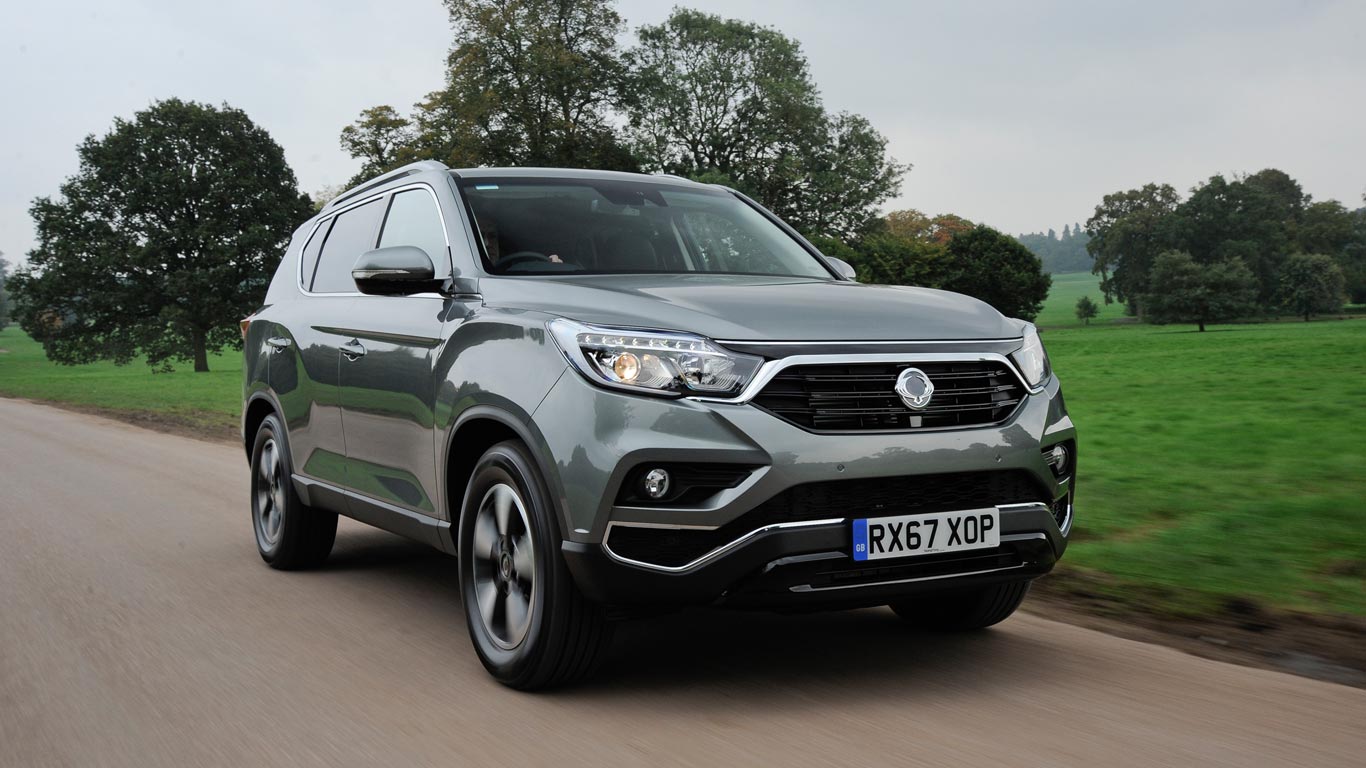
Unfortunately, this is where the separate chassis has its say. The ride is jiggly in almost all circumstances, which is largely down to the simple suspension needing to be firm enough to keep all that weight in check. If you are used to a pickup truck it would probably compare well but many rivals – like that Sorento and Sante Fe – make a better nod towards refinement here.
The whole driving experience is rather old school, with very light power steering and handling that is fine as long as you do press the Rexton too hard into the corners. In reality, there’s not much wrong with that.
Space and gear
Interior space is impressive, for even in the seven-seat versions, there are full-size seats that are soft, comfortable and supportive. Yes, that applies to the back row too, though there is still the inevitable issue of limited footroom back there. In five-seat configuration the luggage volume as about as good as it gets, with up to 820litres.
It feels pretty pleasant in the front of the Rexton, with the choice of a grey or light beige interior, all ruched leather in the top Ultimate model, and regular nappa leather in the ELX. These two also get a delightfully massive satellite navigation screen and a very sophisticated switchable instrument cluster.
The Rexton Ultimate comes with that 3D around-view monitoring, which will be very helpful for towing, but the safety features of all models are as impressive as they come, with forward collision warning, autonomous emergency braking, lane departure warning, high beam assistance, and traffic sign recognition.
2018 Ssangyong Rexton: Verdict ★★★☆☆
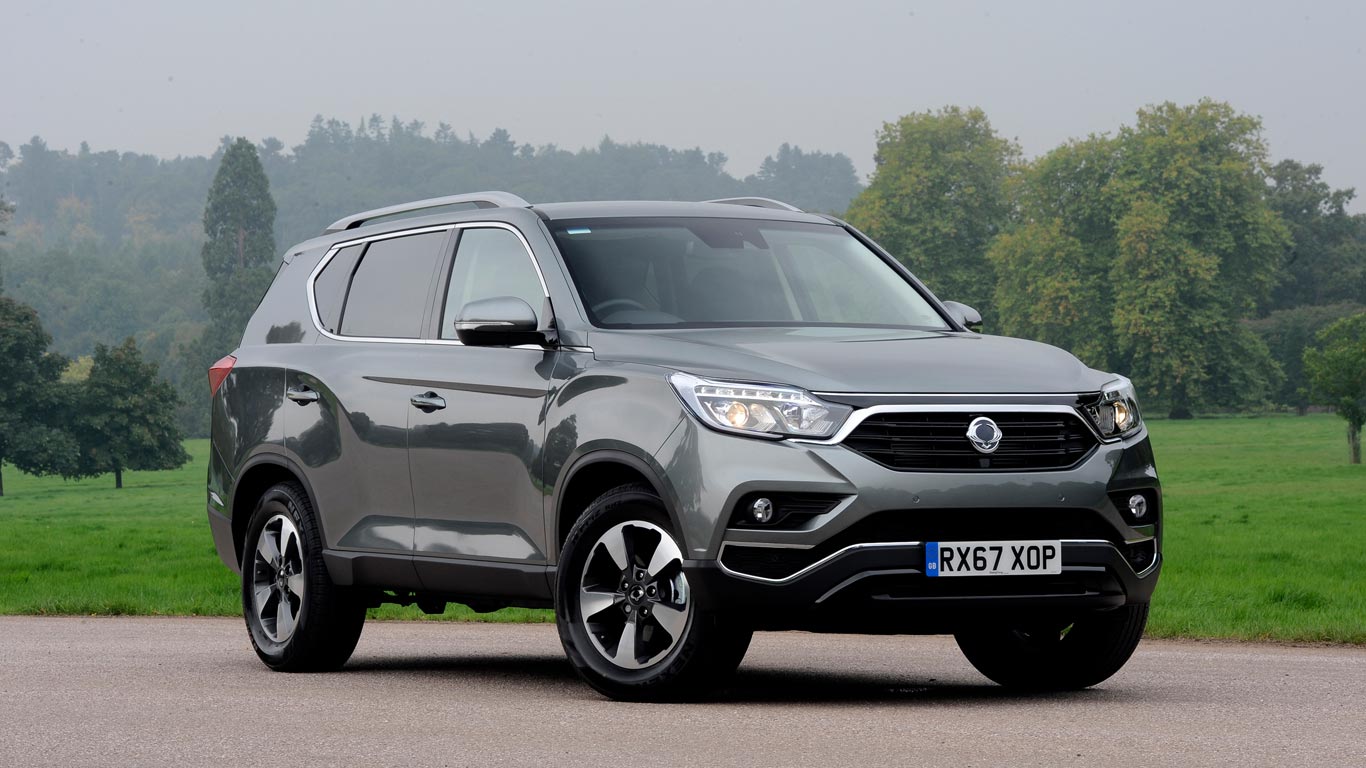
OK, there are some mixed messages going on here with the Rexton. It’s not super-sophisticated like so many of today’s SUVs, even though it has a strong list of the latest technology bolted on. Its looks don’t do it for me either, but that’s really a matter of personal choice.
Yet the Rexton’s interior is very nice, it’s big and roomy, deals with the off-road stuff very well and its towing ability is brilliant. And actually, it’s very easy to warm to the whole car, a better bet than a Mitsubishi Shogun and with far more comfort than a Defender.
Specifications: Ssangyong Rexton Ultimate
Engine: 2.2-litre 4-cylinder petrol turbo-diesel
Output: 181hp
Top speed: 115mph
0-62mph: 11.3 secs
Combined fuel economy: 34.8mpg
CO2: 213g/km
Gearbox: 7-speed auto
Drive: Four-wheel-drive
Length/width/height: 4850/1960/1825mm
Weight: 2105kg
Seats: 5
Boot space: 820 litre
Rexton base price: From £37,500
Price as tested: £37,500
>NEXT: Revealed: best cars for towing your caravan